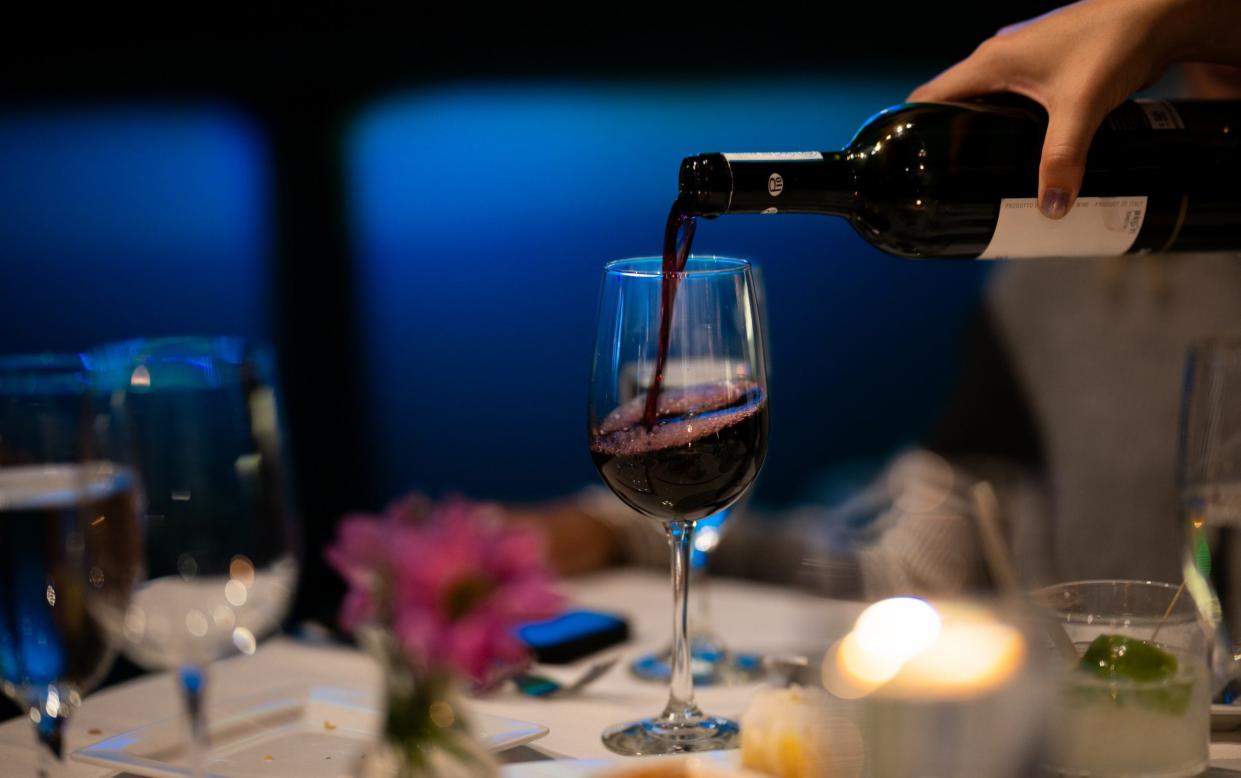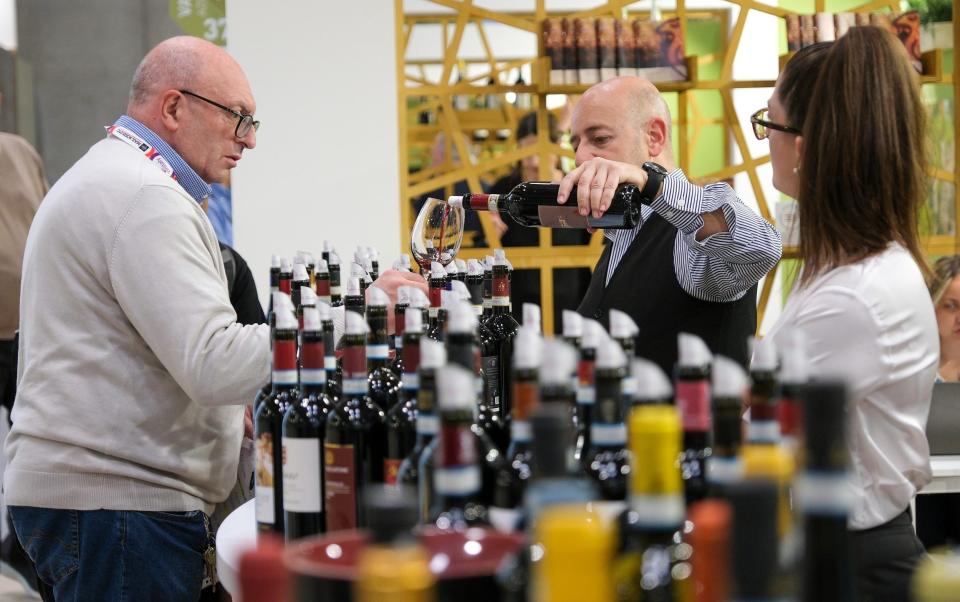If you don’t want a drink, and I mean a proper drink, then try some water

I’d been sent another bottle of non-alcohol, 0 per cent ABV drink. This one was called Botivo and it’s a beautiful-looking product, a squat little bottle with a wax closure covering a cork and with a label and other warm and yellowish colourings reminiscent of Spain. It came with serving suggestions and a poetic mantra. “We believe that the most important moment of the day is when you clock out and ease into the evening. At Botivo we call it ‘the yellow hour’.”
So out came the soda and a big cube of ice, and a slice of orange. I poured and stirred and swirled and listened to the crackle of the bubbles popping. Then I took a sip. And there were botanical hues, a herbiness, a hint of citrus and a freshness and then, well, absolutely nothing.
No buzz, no hit, no soporific cradle, no heightened emotion, no feeling of euphoria and yes absolutely no semblance of that wonderful feeling of bonhomie and wellness and relief that comes from alcohol.
I don’t believe I will ever taste and enjoy a non-alc substitute because I don’t just drink for the flavour, I drink for the effect and for that magical combination of flavour and effect. And I don’t believe you can get flavour without the bit that does the effect.
Amid the clamour to furnish the booze-averse Gen Zs or other younger gens who – unlike my own older children and, it seems, every single one of their friends – studiously avoid alcohol, are companies seeking the holy grail of alcohol-free wine.
They’ve tried it with prosecco (to dreadful effect) and are now focusing on wine. Which to me is like attempting to uninvent the wheel. Wine was discovered as humans experimented with fruit and observed the effects that natural fermentation had on juice.
It tasted OK and got you high. So all that was needed was to get it to taste great. Thus, there ensued in the following few thousands of years a finessing of the making of wine so that it was deeply satisfying, delicious and fresh while also having sort of rotted.
That is the miracle of wine and that is the joy of every glass and especially every first glass of a new day (usually not before 7pm, unless it’s lunch): the aroma, the taste and the effect. Taking the effect out, the effect which is fundamental to the flavour, and you denude the drink. The only upside that I can see being the companies who are creating these emperor’s new clothes and who, through the wonder of marketing, can convince people to spend equal amounts on alc-free drinks while the company pays none of the duty. Which is business genius; their filthy liqueur creating filthy lucre.
And which is why I salute the Italian minister who this week, at the opening of the country’s major annual wine trade fair, Vinitaly, said: “Let’s make non-alcoholic drinks, but not call them wine.”

While the French have seemingly embraced the technology of passing wine through a vacuum which lets alcohol evaporate at a lower temperature and thus supposedly maintains the flavour of wine (but actually doesn’t) and are grabbing a piece of the non-alc $5.2 billion-a-year trade, the Italians are shunning it.
It comes as Giorgia Meloni’s government leads a drive to preserve the purity of Italian food and drink, a key weapon in the battleground of nationalism. And critics say that, as a British newspaper put it this week, “Italy is lagging behind.” Except it’s not. Francesco Lollobrigida, the agriculture minister, is right. Wine is not wine if it’s not got booze in it and nor is beer (St Peter’s Without) nor cider (Thatchers Zero) nor gin (Tanqueray 0.0).
And it’s the same with some of those other things whose very definitions have been trampled. Things such as sausages. Sausages are made with meat, the same way that cheese is formed from dairy. If you want to make a vegan product that apes the real thing then come up with your own name. Call it a flange or a schwelp, or whatever you want to call it, but don’t steal thousands of years of invention and finesse, bastardise it and then call it what it’s not.
Unlike the frothing generations scowling and searching for non-alc alternatives, I keep things simple. When I want a drink, I pour myself a glass of wine, or a gin and tonic, and when I’m thirsty, I drink water. Which means I’m not subjected to the nonsenses of smoothies and the reams of flavoured waters and sodas and other teeth-rotting junk that fill supermarkets and corner shops and railway station fridges.
The threat of these terrible phoney drinks is also something that has, so far, quite effectively prevented me from becoming an alcoholic. The thought of tipping over the edge and having to stop drinking and wrestle with the (non-alc) alternatives is enough, almost, to keep my drinking under control.
But if there’s one thing that really drives me to drink, it’s the sight of a new low-ABV product being slung in my direction.

